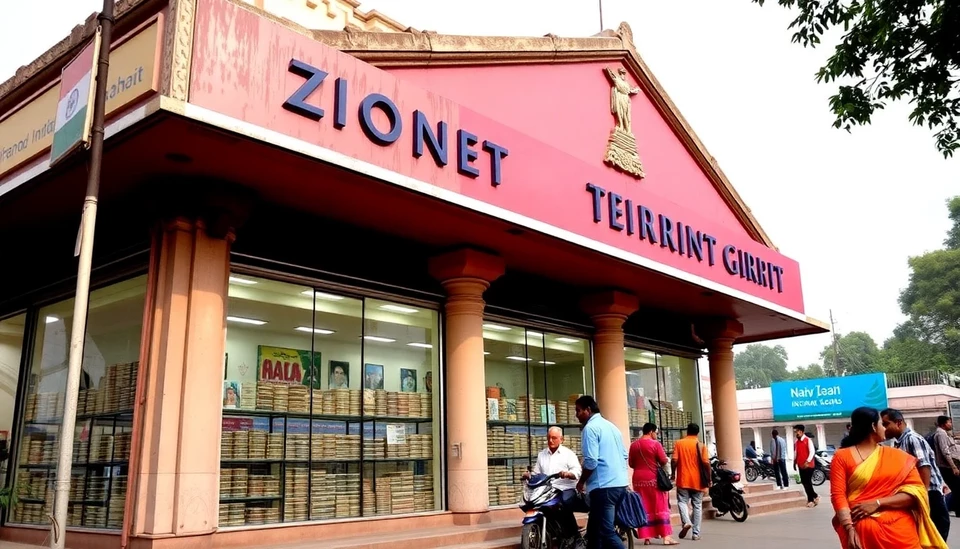
India's current account deficit for the July to September quarter has remained flat following a revision of earlier estimates, according to recent reports. The Reserve Bank of India's data indicates that the gap was approximately $9.2 billion, equating to 1.1% of the country's Gross Domestic Product (GDP). This figure matches the revised accounts of the previous quarter, revealing a stabilization in economic dynamics.
Initially, the current account deficit was recorded at $15.5 billion for the same period, a concerning figure that raised alarms regarding India’s economic stability. However, this substantial amount was later revisited, and the estimates were adjusted to show a more favorable perspective on trade and financial flows within the nation.
The unchanged current account deficit, as reported, highlights the ongoing struggles and resilience within the Indian economy, especially amid fluctuating global economic conditions. Despite the challenges posed by external factors such as elevated oil prices and global inflationary trends, India’s merchandise trade showed slight improvements, contributing positively to the revisions in figures.
India's economic landscape remains complex, influenced heavily by its oil imports, which traditionally account for a significant portion of the import bills. With global oil prices exhibiting volatility, India's trade balance continues to face pressure. However, the gradual recovery in the services sector, coupled with a strengthening of exports, plays a crucial role in supporting the current account balance.
Moreover, analysts suggest that India's strategic moves towards enhancing self-reliance through the Atmanirbhar Bharat initiative may contribute to improvements in trade data moving forward. Attention is now focused on the crucial months ahead, with expectations that policy interventions may directly influence economic indicators contributing to the current account.
As the Indian economy navigates a complex global environment amid inflation and fluctuating commodity prices, the resilience shown through a consistent current account deficit will be paramount in building investor confidence and ensuring economic stability. The economic data released may be indicative of an emerging trend, where sustained efforts in boosting export capabilities could lead to a more favorable trade balance in the near future.
In summary, despite previous concerns about the widening current account deficit, recent revisions and steady figures reflect a more optimistic outlook for India's economic horizon as the country adapts to both external and domestic challenges.
#India #CurrentAccount #EconomicStability #TradeBalance #GDP #RBI #AtmanirbharBharat #OilImports #Inflation #EconomicGrowth
Author: Rachel Greene




